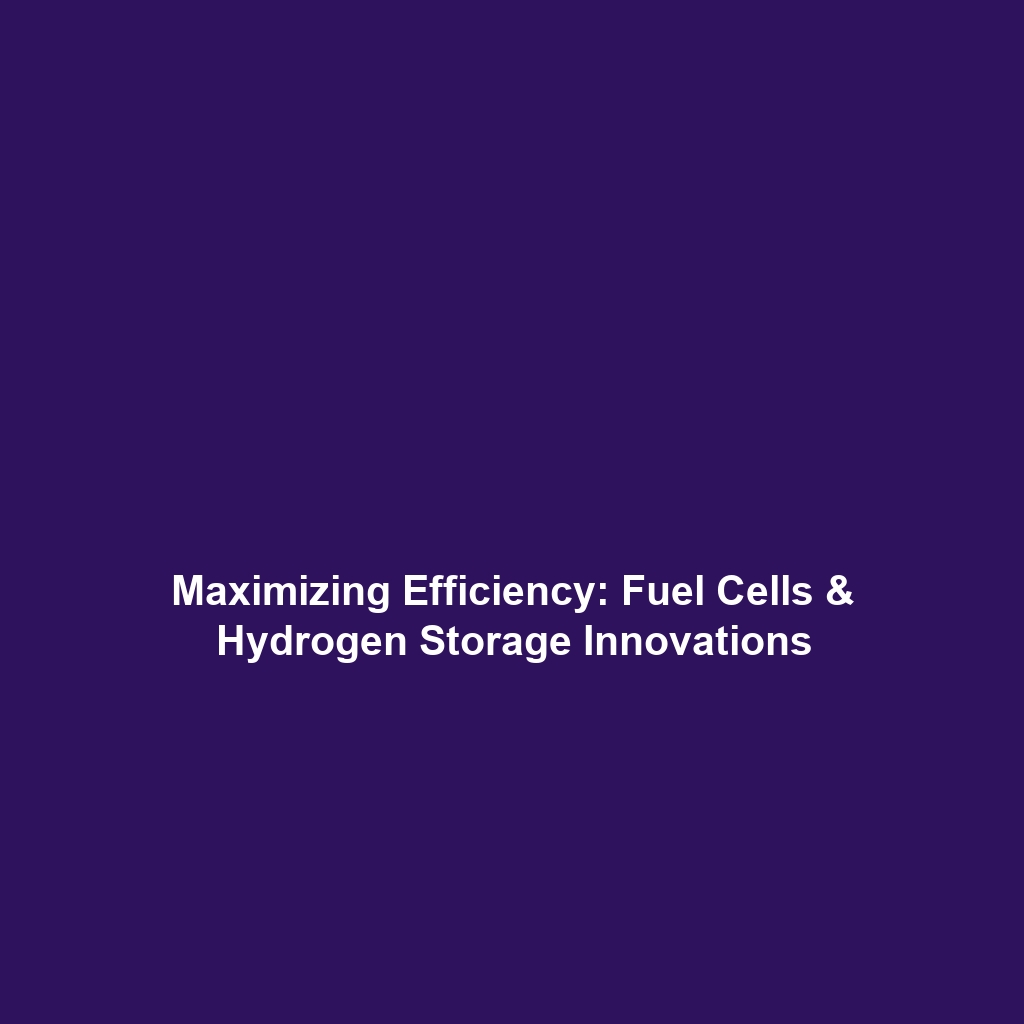Mineralization: Converting CO2 into Solid Minerals
Introduction
Mineralization is a groundbreaking process within the field of Carbon Capture & Storage (CCS), aiming to convert carbon dioxide (CO2) emissions into stable solid minerals. This method offers a promising avenue for mitigating climate change, reducing greenhouse gas emissions, and securing long-term storage of carbon. By chemically reacting CO2 with naturally occurring minerals, we can trap carbon dioxide in a solid form, which minimizes its impact on global warming. Understanding mineralization is crucial as the world seeks viable solutions to address the pressing challenge of climate change.
Key Concepts
Understanding Mineralization and CCS
Mineralization works by a process known as geological sequestration, wherein CO2 is reacted with metal oxides, resulting in stable carbonates. Here are some key concepts associated with mineralization:
- Carbonation Reaction: The primary chemical process whereby CO2 reacts with minerals such as olivine or basalt to form solid carbonates.
- Stability: Solid minerals provide a long-term storage solution for CO2, reducing the risk of leakage compared to gaseous forms.
- Natural Geological Processes: Mineralization mimics natural processes that have sequestered carbon in the Earth’s crust for millennia.
Applications and Real-World Uses
The applications of mineralization are significant, especially in the context of Carbon Capture & Storage (CCS). Some notable uses include:
- Construction Materials: Mineralization can turn CO2 into aggregate materials for buildings, thus contributing to carbon-neutral construction.
- Soil Enhancement: Mineralized carbonates can improve soil quality while reducing agricultural emissions.
- Industrial Processes: Industries can utilize mineralized products as a way to incorporate CO2 into their supply chains, effectively closing the carbon loop.
Current Challenges
Despite its potential, the mineralization process faces several challenges:
- Cost-Effectiveness: The economic viability of large-scale mineralization solutions is still uncertain.
- Energy Requirements: The process may require significant energy input, which can offset the environmental benefits.
- Material Availability: Sourcing adequate amounts of minerals for carbonation can be logistically challenging.
Future Research and Innovations
Research into mineralization is gaining momentum, and several innovations on the horizon could enhance its effectiveness:
- Next-Gen Catalysts: Development of improved catalysts may reduce the energy barrier for carbonation reactions.
- Biomimetic Approaches: Learning from natural processes to enhance the efficiency of mineralization.
- Integration with Renewable Energy: Combining mineralization with renewable energy sources could diminish its carbon footprint further.
Conclusion
In summary, mineralization presents an innovative and effective method for converting CO2 into solid minerals, contributing significantly to the goals of Carbon Capture & Storage (CCS). While challenges remain, ongoing research and technological advancements could pave the way for more sustainable industrial practices. For further reading on carbon capture methods, explore our articles on Direct Air Capture and Geological Storage Techniques.

